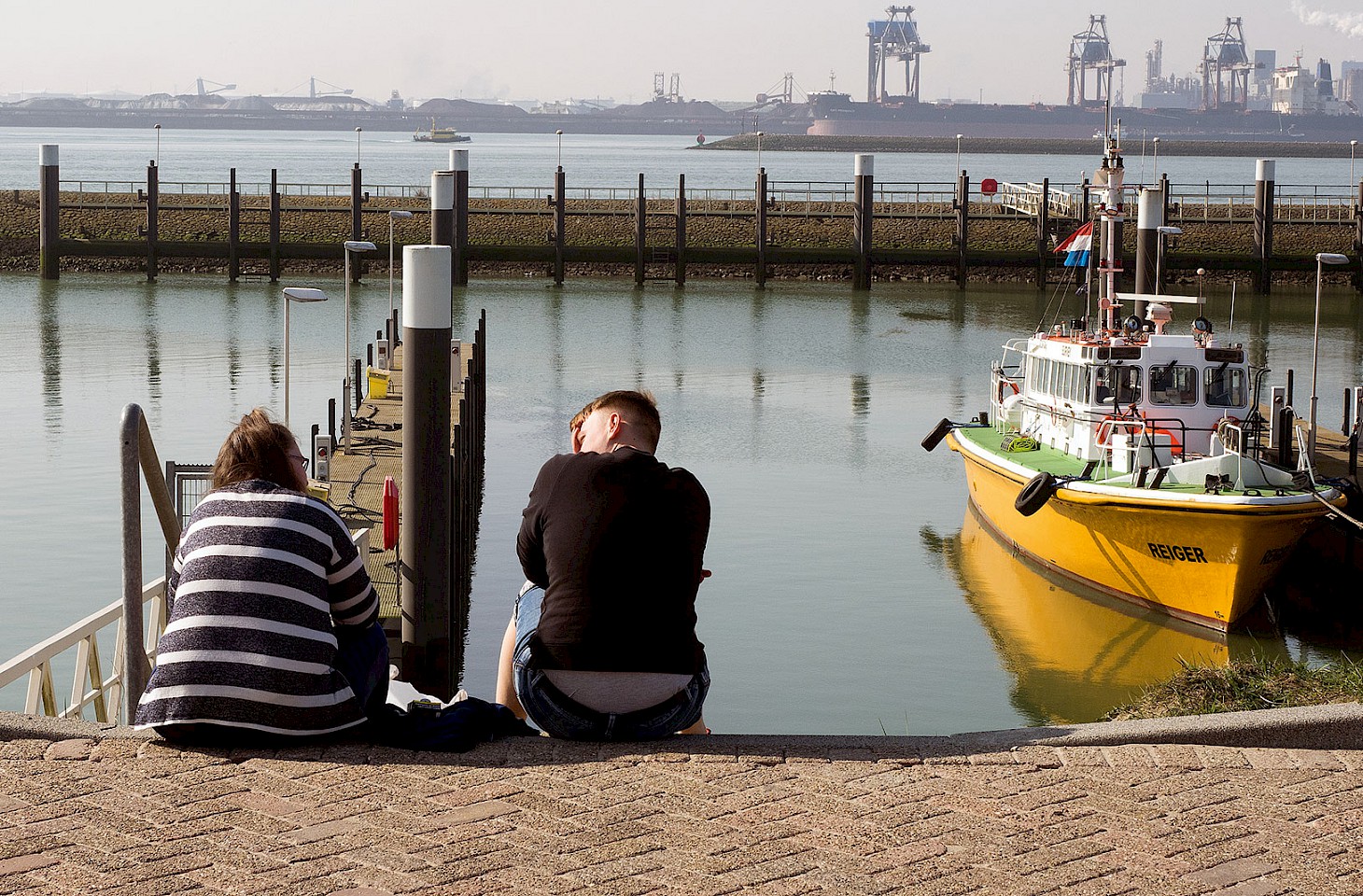Istrian folk songDel tuo mar la vose sento; che sospira el mio ritorno (I hear the voice of your sea, which sighs for my return)
It is not for nothing that the church is named after St Mark. Nor just chance that the square is called the Piazza Venezia Giulia. For Fertilia, a Sardinian new town of the late nineteen thirties was meant to grow and flourish as a great port, a place that might one day be as renowned as Venice. Mussolini's plans for Fertilia came to nothing, but the chic minimalism of the rose coloured church in the square still attests to the fascists' grand scheme for this little place over which the planes pass low as they go in to land at Alghero airport.
For Eda Sbisá, uprooted from the coast of Istria as a young woman, the ambitions of planners past are of no consequence. There are reminders everywhere in Fertilia of the unhappy rearrangement of international borders that took place around the northern edges of the Adriatic in the years after the second world war. Here a street named after Rovigno, the elegant peninsula town that is now Rovinj on the Croatian coast. Elsewhere the legacy of Pola and Fiume (today Pula and Rijeka), and of the hill villages to the north, places where the bora wind slices down through the silver poplars and where the border divided farmers from their land.
From Istria, Dalmatia and Venezia Giulia, over a dozen years, there came a great pilgrimage of the displaced, those who had lost land and livelihoods and came to make new lives within Italy's post-war borders. Sardinia, it has to be said, was not the most obvious or popular choice for the esuli, the migrants who took the torn fabric of Istrian life to their new homes.
Eda arrived in Fertilia in 1947, and is one of the few alive in Fertilia today who have clear memories of the community's Istrian past. She would like to return to the place that was once home. But for her the past is cancelled history - una storia dimenticata, cancellata, sepolta!
Istria is a poem of fading images on the walls of the pasticceria that Eda runs on the Via Pola, where, like everywhere in Fertilia, proud Venetian lions stand sentinel over fascist ambition and Istrian memory.


